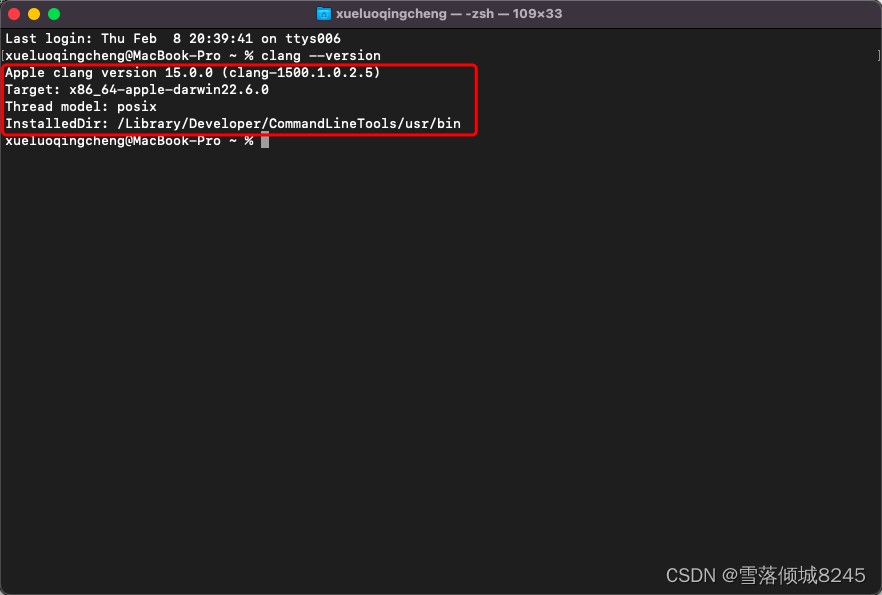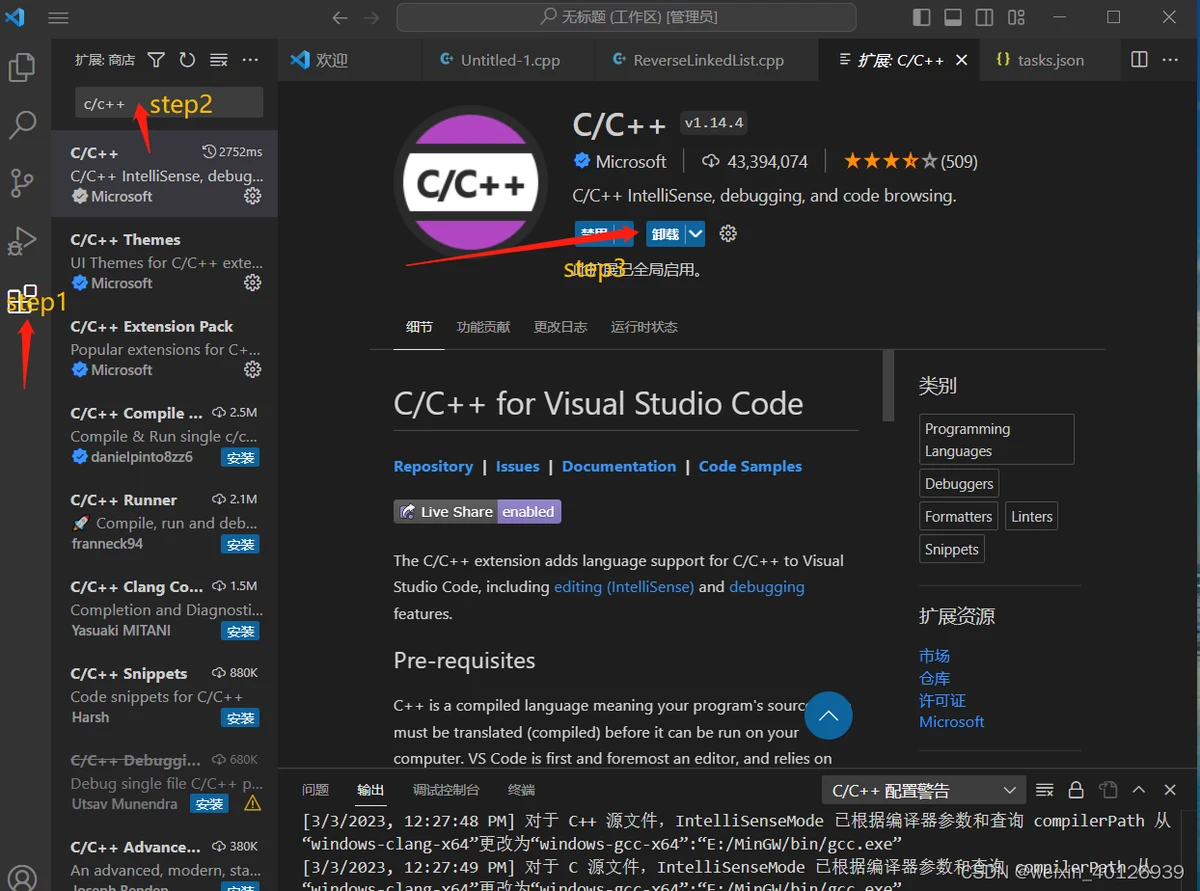============================================
C++ is one of the most popular programming languages in the world of quantitative and high-frequency trading. Its speed, efficiency, and control over system resources make it ideal for developing robust trading systems. In this article, we’ll explore how to optimize C++ code for trading systems, ensuring that your algorithms perform with minimal latency and maximum throughput.
By understanding the best practices for writing efficient and scalable C++ code, you can ensure that your trading system can handle real-time market data and execute trades at lightning speed.
Why C++ for Trading Systems?
C++ is preferred for high-frequency trading (HFT) and algorithmic trading because of its performance advantages. Its ability to interact directly with hardware and its low-level memory management capabilities allow developers to write code that minimizes latency, a crucial factor in trading environments.
Key Advantages of Using C++ in Trading Systems
- Low Latency: C++ allows for fine-tuned control over system resources, leading to faster execution times.
- Real-Time Processing: It’s capable of processing large volumes of real-time market data with minimal delay, making it ideal for high-frequency trading.
- Efficiency: C++ provides memory management features that enable efficient handling of large datasets, reducing overhead and maximizing processing power.
- Flexibility: The language is highly flexible and can be used across different platforms, from trading desktops to specialized servers used in high-frequency environments.

Methods for Optimizing C++ Code in Trading Systems
Optimizing C++ code for trading systems requires a balance between reducing execution time, improving memory usage, and ensuring reliability. Below are several strategies to achieve this.
1. Efficient Memory Management
In trading systems, managing memory efficiently can drastically improve performance. C++ provides powerful tools to control memory allocation, which can be crucial when dealing with real-time data streams and complex algorithms.
a. Memory Pooling
Memory pooling is a technique where a predefined block of memory is allocated, and objects are created and reused from this pool, rather than frequently allocating and deallocating memory. This reduces the overhead caused by frequent memory operations and minimizes memory fragmentation.
Advantages:
- Improves performance by reducing the cost of memory allocation.
- Helps in real-time processing by eliminating delays due to dynamic memory allocation.
Disadvantages:
- Increased complexity in managing the pool.
- May introduce overhead if not used correctly.
b. Avoiding Memory Leaks
Memory leaks occur when memory is allocated but not properly freed after use, leading to performance degradation over time. In trading systems, where large amounts of data are constantly being processed, memory leaks can quickly accumulate and severely impact performance.
Best Practices:
- Use modern C++ features like smart pointers (
std::unique_ptr,std::shared_ptr) to automatically manage memory.
- Regularly audit your code to ensure that all allocated memory is freed when it is no longer needed.
2. Minimizing Latency
Reducing latency is one of the most critical aspects of optimizing trading systems. Every millisecond counts, especially in high-frequency trading environments where market opportunities may disappear within microseconds.
a. Use of Lock-Free Data Structures
Traditional data structures like queues and stacks may use locks to ensure thread safety, but locking can introduce delays. Lock-free data structures allow threads to access shared data without locking, significantly improving concurrency and reducing latency.
Popular Lock-Free Data Structures:
- Lock-free queues (e.g., Michael-Scott Queue)
- Concurrent hash maps
Advantages:
- Reduces thread contention and latency.
- Increases throughput, allowing more trades to be processed in a shorter period.
Disadvantages:
- Complex to implement correctly.
- Potential for subtle bugs like memory races if not carefully designed.
b. Cache Optimization
Modern CPUs are optimized for cache-friendly access patterns. By improving cache locality, you can reduce the time spent waiting for data to be loaded from memory.
Techniques to Improve Cache Efficiency:
- Organize data structures to improve cache line utilization.
- Minimize cache misses by ensuring that data accessed together is stored together in memory (data locality).
Advantages:
- Faster data retrieval due to better cache utilization.
- Reduced latency, improving real-time trading performance.
Disadvantages:
- Requires careful design and may add complexity to the codebase.
- Not all algorithms can be optimized for cache performance.
3. Parallelization and Multi-threading
C++ offers robust support for multi-threading, which can be particularly useful for trading systems that need to handle multiple tasks simultaneously, such as processing market data, executing orders, and running trading algorithms.
a. Thread Pooling
Instead of creating and destroying threads frequently, a thread pool allows threads to be reused, reducing the overhead associated with thread management. Thread pooling is highly effective in scenarios like processing multiple market data feeds simultaneously.
Advantages:
- Efficient resource utilization by reusing threads.
- Reduces the cost of thread creation and destruction.
Disadvantages:
- Increased complexity in managing thread lifecycles.
- May require careful tuning to ensure optimal performance.
b. Vectorization and SIMD
Using Single Instruction, Multiple Data (SIMD) instructions allows you to process multiple data points with a single instruction, which is particularly useful for mathematical operations in trading algorithms. C++ provides several libraries, like Intel’s Math Kernel Library (MKL), to enable vectorization.
Advantages:
- Significant speed improvements for data-heavy algorithms.
- Reduces processing time for large datasets.
Disadvantages:
- Limited to specific types of operations and data structures.
- Requires specialized knowledge to implement correctly.
4. Real-Time Data Handling
A key challenge in trading systems is processing real-time market data and ensuring that trading decisions are made based on the most up-to-date information. Optimizing data handling techniques is essential for reducing lag and ensuring accuracy.
a. Efficient Event Processing
In trading systems, events such as market data updates or order executions must be processed immediately. Using event-driven programming models and optimizing the event-handling code can significantly reduce latency.
Techniques:
- Use event queues to handle incoming data asynchronously.
- Minimize the processing time for each event to ensure fast reaction times.
Advantages:
- Improved performance in event-heavy applications like trading platforms.
- Ensures that algorithms can react to market changes in real-time.
Disadvantages:
- Complex implementation of event-driven architectures.
- Requires careful management of event queues to prevent delays.

Best Practices for Optimizing C++ Code in Trading Systems
1. Profiling and Benchmarking
Before optimizing any code, it’s essential to profile and benchmark your trading system to identify performance bottlenecks. Use tools like gprof, valgrind, and Intel VTune to measure CPU usage, memory allocation, and function call overhead.
Advantages:
- Helps identify the most significant performance bottlenecks.
- Provides data-driven insights for optimization.
Disadvantages:
- Profiling itself can introduce some overhead.
- Requires expertise to interpret profiling data correctly.
2. Code Refactoring and Simplification
One of the simplest and most effective ways to optimize C++ code is by refactoring it for clarity and efficiency. Remove unnecessary complexity, avoid redundant calculations, and ensure that each line of code serves a clear purpose.
Best Practices:
- Use efficient data structures and algorithms.
- Minimize the use of dynamic memory allocation in performance-critical sections of the code.
Advantages:
- Leads to cleaner and faster code.
- Reduces the potential for bugs and performance issues.
Disadvantages:
- Can require significant codebase changes.
- May introduce new issues if not carefully managed.
Frequently Asked Questions (FAQ)
1. What are the best C++ libraries for developing trading systems?
Some of the best C++ libraries for trading systems include:
- Boost: A collection of peer-reviewed, portable C++ source libraries that provide functionality for data structures, algorithms, and multi-threading.
- QuantLib: A comprehensive library for quantitative finance, providing tools for derivatives pricing, risk management, and financial modeling.
- TA-Lib: A library for technical analysis, offering a wide range of indicators and functions useful for trading system development.
2. How can I reduce latency in my trading algorithm?
To reduce latency, focus on optimizing memory management, using lock-free data structures, and leveraging multi-threading. Additionally, you can use SIMD instructions to accelerate mathematical computations and reduce the time required for processing data.
3. What are the most common pitfalls when optimizing C++ code for trading systems?
The most common pitfalls include:
- Over-optimization: Focusing too much on small performance gains while ignoring larger architectural issues.
- Memory management issues: Incorrect handling of memory allocation and deallocation can lead to memory leaks or excessive memory consumption.
- Thread synchronization problems: Improper synchronization between threads can lead to race conditions, deadlocks, or inefficient execution.
Optimizing C++ code for trading systems requires a deep understanding of both the technical aspects of programming and the specific demands of trading algorithms. By focusing on efficient memory management, minimizing latency, parallelizing computations, and profiling your system, you can ensure that your trading system is capable of handling the high-speed, high-frequency demands of modern markets.

0 Comments
Leave a Comment